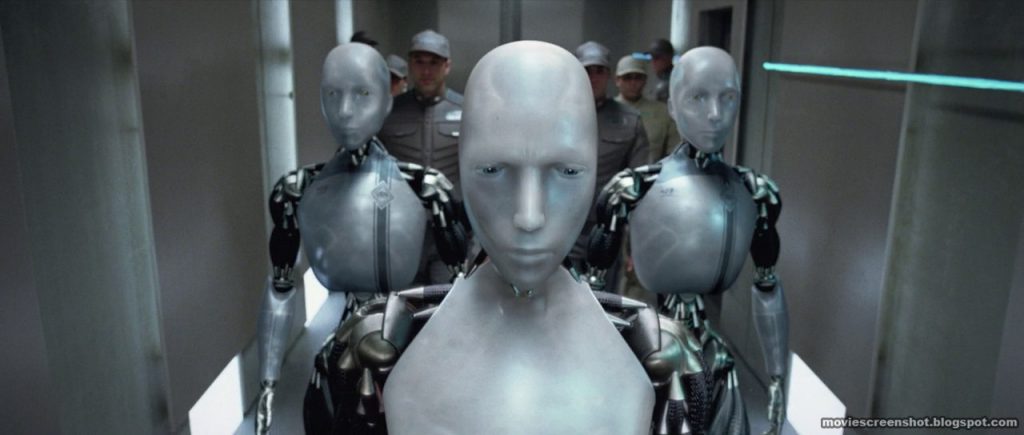The Robots That Are Already Scarily Similar To Humans
Robots like Tesla's Optimus and Google's Palm Say-Can are becoming increasingly similar to humans.
This article is more than 2 years old

It sounded like science fiction when our parents were children, but robotic technology is moving fast to create droids with strikingly human characteristics. Tesla’s humanoid Optimus robots are powered by artificial intelligence (AI) and Google is working to give its AI brain a robotic body. It may soon be completely normal to walk into a friend’s house and be greeted by a two-legged human replacement offering you a drink.
Robotic technology is moving at lightning speed thanks to developments in AI and machine learning that make robots more like humans. Last year brought huge leaps in the world of robotic design, with Tesla’s 2022 AI Day showcasing two working Optimus prototypes. The first example was built with off-the-shelf parts while the second robot was a more advanced version Tesla hopes to refine and put into production.
Tesla’s self-driving AI was the foundation for Optimus design but instead of navigating a vehicle, it is programmed to understand how humans interact with the world. Tesla CEO Elon Musk said at 2022 AI Day that the robot would be the kind of gift that you might buy to help your parents out around the house. “Optimus is designed to be an extremely capable robot made in very high volume — probably, ultimately, millions of units,” Musk said, adding that the new helper bots would cost much less than a car.
Google’s robotic technology also advanced in 2022 as it housed its advanced machine learning brain in a human-like robot body. Unlike other robots that respond to “if this, then that” commands, Google’s Palm Say-Can uses machine learning to understand more vague commands. For example, if you tell the robot that you’re hungry, it will work out the steps necessary to solve the problem.
Self-healing magnetic slime robots sound like something straight out of a science fiction novel, but they are another type of robot that saw advancement in 2022. These soft robots can shape-shift to grab objects, much like Spider-Man’s symbiotic Venom, and self-heal when injured. Practical uses once the polymer-based slime is perfected include retrieving swallowed objects and reaching spaces that other robots or humans cannot.
Many people feel fearful about the legal, ethical, and practical concerns presented by autonomous machines replacing humans. According to the International Journal of Human-Computer Studies, in 2015 Elon Musk said, “If I had to guess what the biggest threat to our existence is, it’s probably artificial intelligence.” Stephen Hawking made a similar statement that year: “The development of full artificial intelligence could spell the end of the human race.”
Clearly, Musk has a different opinion now that he’s one of the main drivers behind making AI robots more mainstream. Still, even the thought of autonomous robots becoming commonplace is enough to provoke fears of humans losing power and control. Humans seem more accepting of non-autonomous robots that must follow human commands over those that work problems out on their own.
Tesla and Google have become the face of a new era of robotic design, blurring the line between where robots end and humans begin. Whether humans will embrace or run from humanoid robots remains to be seen. Once these ultra-intelligent robots become commonplace, we might not think twice about intelligent droids navigating the world right beside us—especially when they clean our homes and brew a perfect espresso.





